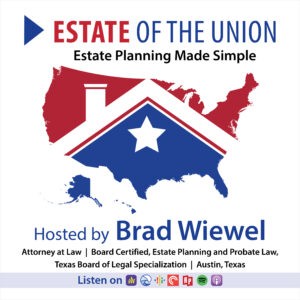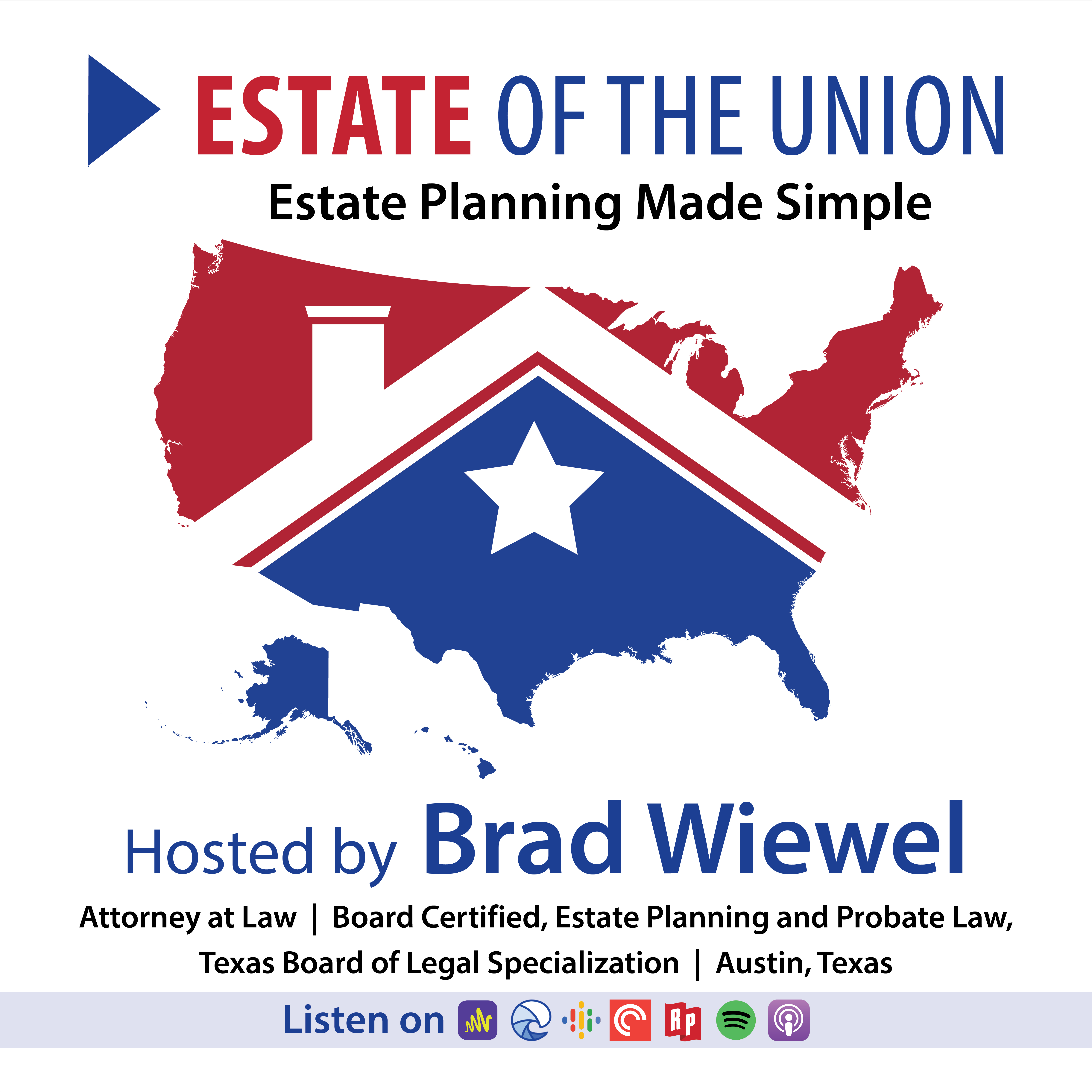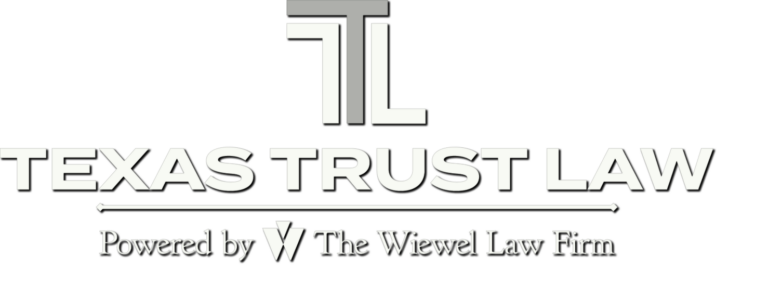
‘When’ play Major role in Retirement
When do you plan to retire? When will you take Social Security? When must you start withdrawing money from your retirement savings? “When” plays a major role in retirement, says Kiplinger’s recent article entitled, “In Retirement, Many Crucial Questions Start With the Word ‘When’.” That’s because so many financial decisions related to retirement are much more dependent on timing than on the long-term performance of an investment.
Too many people approaching retirement — or are already there — don’t adjust how they think about investing to account for timing’s critical role. “When” plays a major role in the new strategy. Let’s look at a few reasons why:
Required Minimum Distributions (RMDs). Many people use traditional IRAs or 401(k) accounts to save for retirement. These are tax-deferred accounts, meaning you don’t pay taxes on the income you put into the accounts each year. However, you’ll pay income tax when you begin withdrawing money in retirement. When you reach age 73, the federal government requires you to withdraw a certain percentage each year, whether you need the money or not. A way to avoid RMDs is to start converting your tax-deferred accounts to a Roth account way before you reach 73. You pay taxes when you make the conversion. However, your money then grows tax-free, and there is no requirement about how much you withdraw or when.
Using Different Types of Assets. In retirement, your focus needs to be on how to best use your assets, not just how they’re invested. For example, one option might be to save the Roth for last, so that it has more time to grow tax-free money for you. However, in determining what order you should tap your retirement funds, much of your decision depends on your situation.
Claiming Social Security. On average, Social Security makes up 30% of a retiree’s income. When you claim your Social Security affects how big those monthly checks are. You can start drawing money from Social Security as early as age 62. However, your rate is reduced for the rest of your life. If you delay until your full retirement age, there’s no limit to how much you can make. If you wait to claim your benefit past your full retirement age, your benefit will continue to grow until you hit 70.
Wealth Transfer. If you plan to leave something to your heirs and want to limit their taxes on that inheritance as much as possible, then “when” can come into play again. For instance, using the annual gift tax exclusion, you could give your beneficiaries some of their inheritance before you die. In 2023, you can give up to $17,000 to each individual without the gift being taxable. A married couple can give $17,000 each.
Take the time to discuss your retirement goals with your estate planning attorney. He or she will help you understand how the “when” in your planning plays a major role in retirement. If you would like to learn more about retirement planning, please visit our previous posts.
Reference: Kiplinger (March 15, 2023) “In Retirement, Many Crucial Questions Start With the Word ‘When’”
Image by Andrea Hamilton














